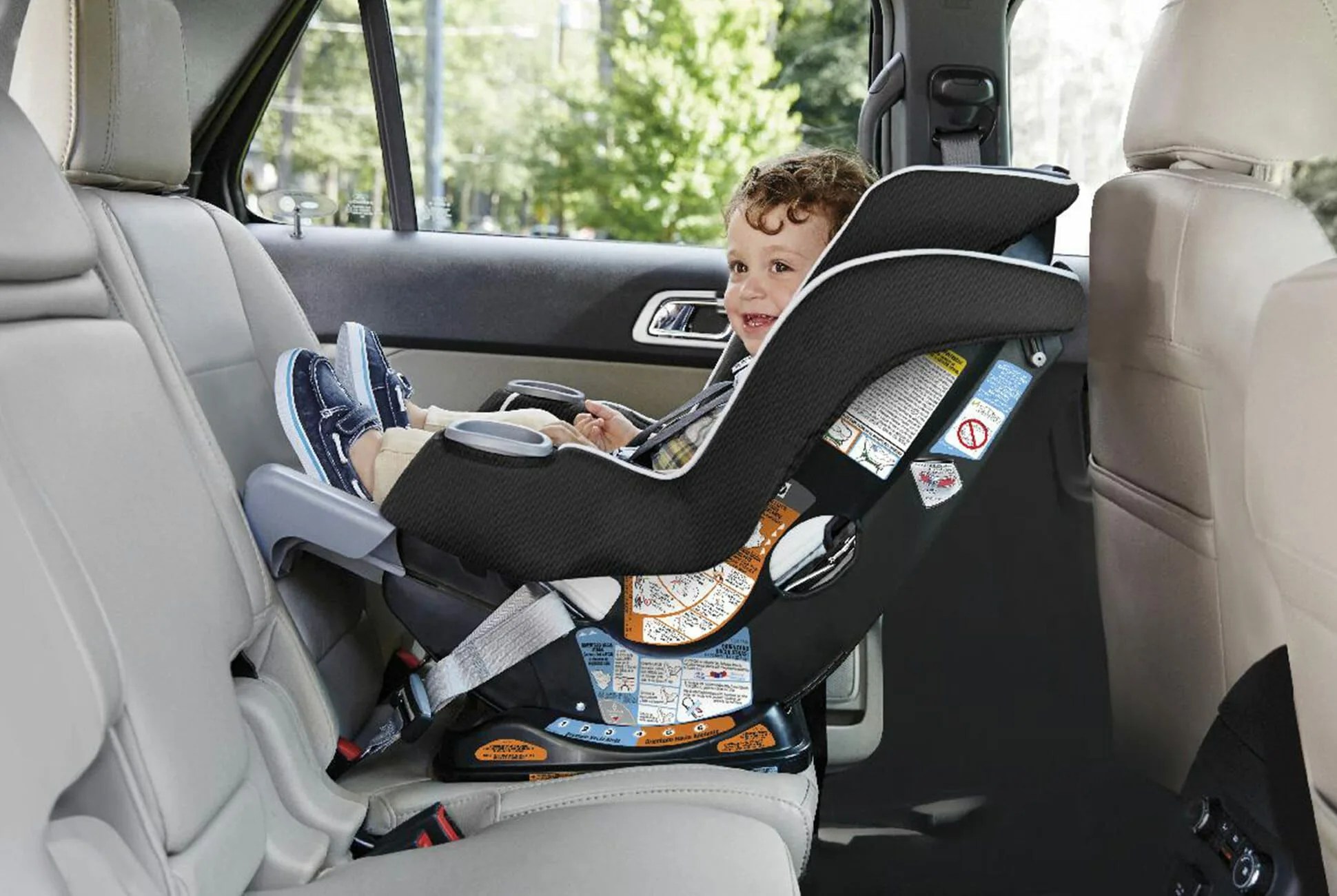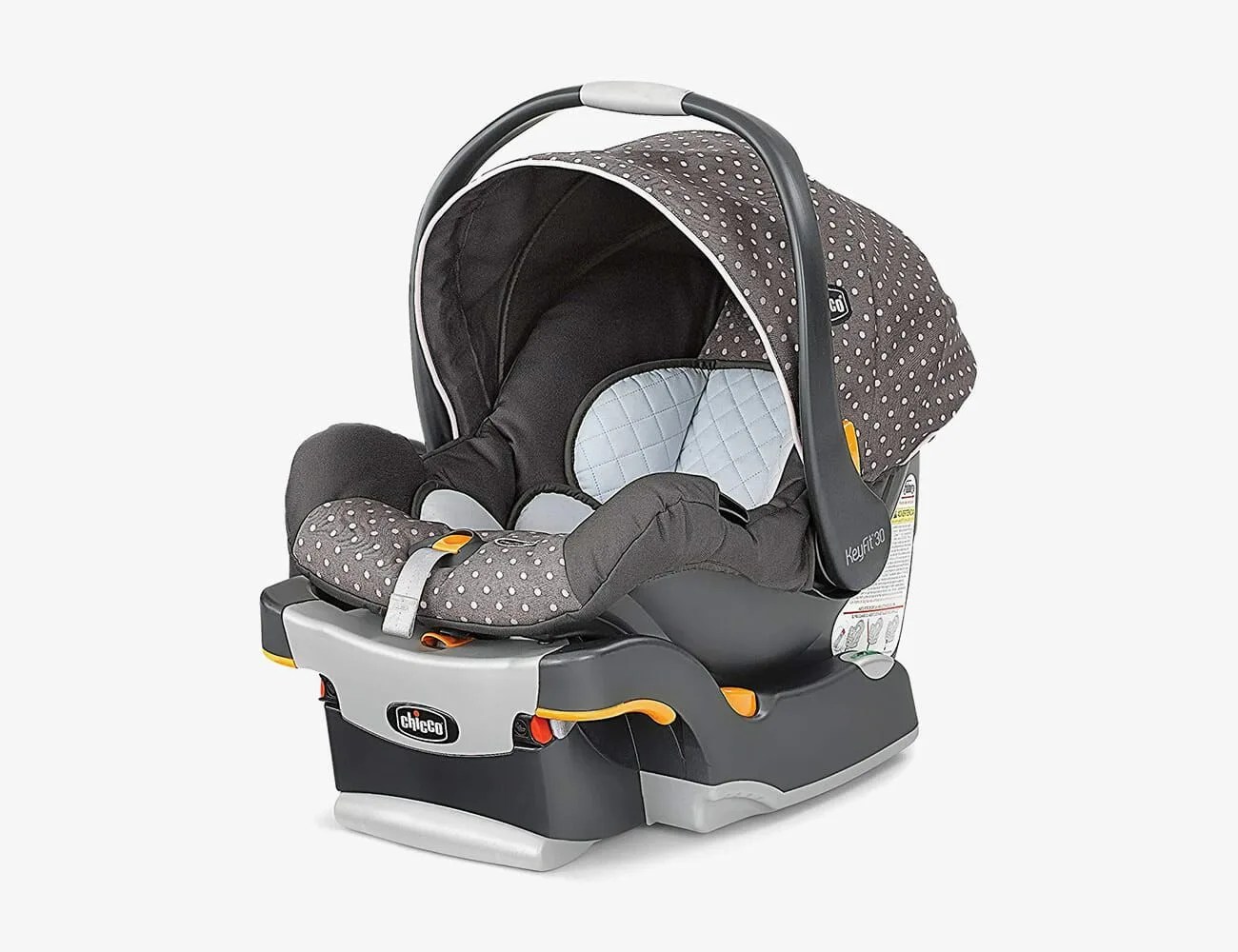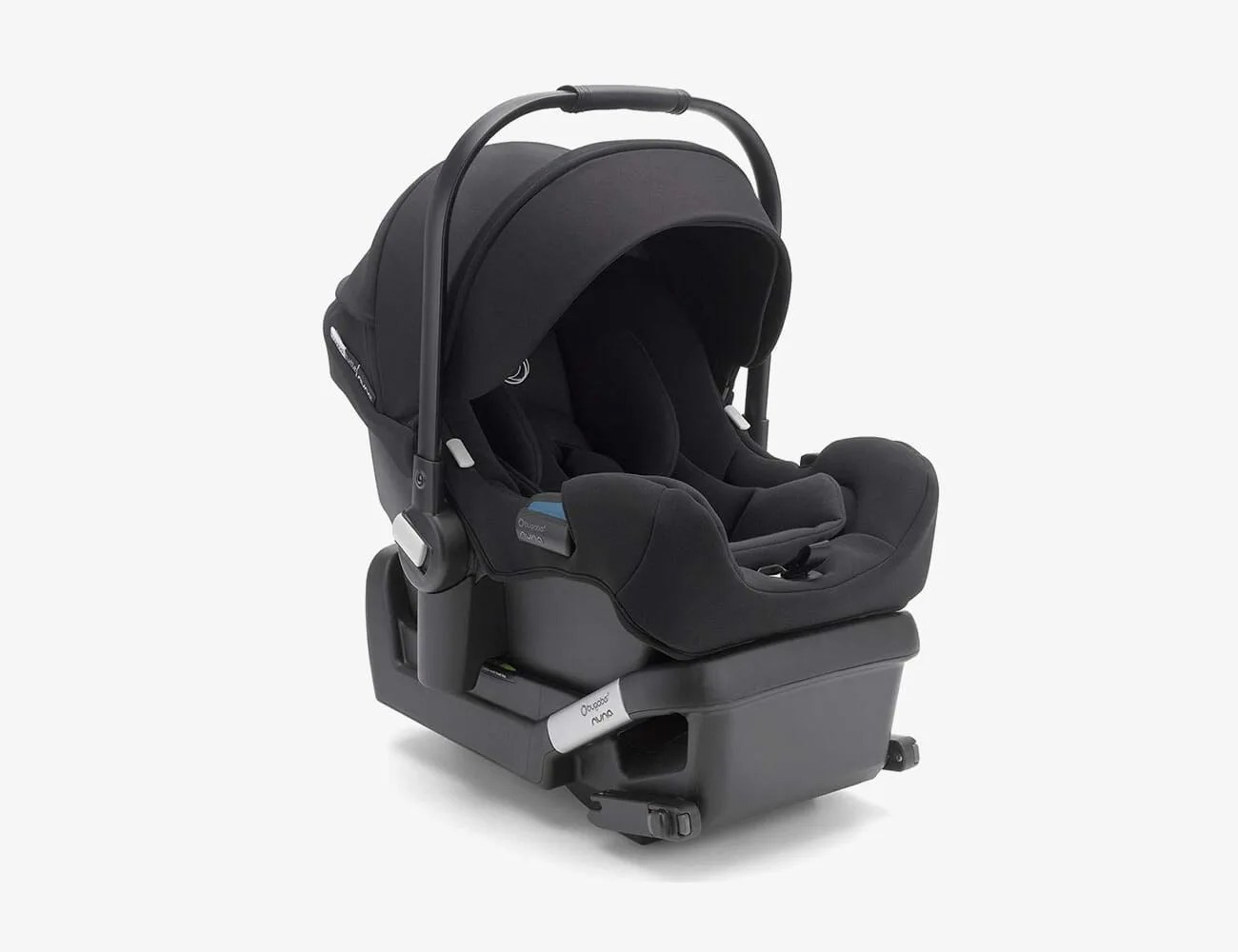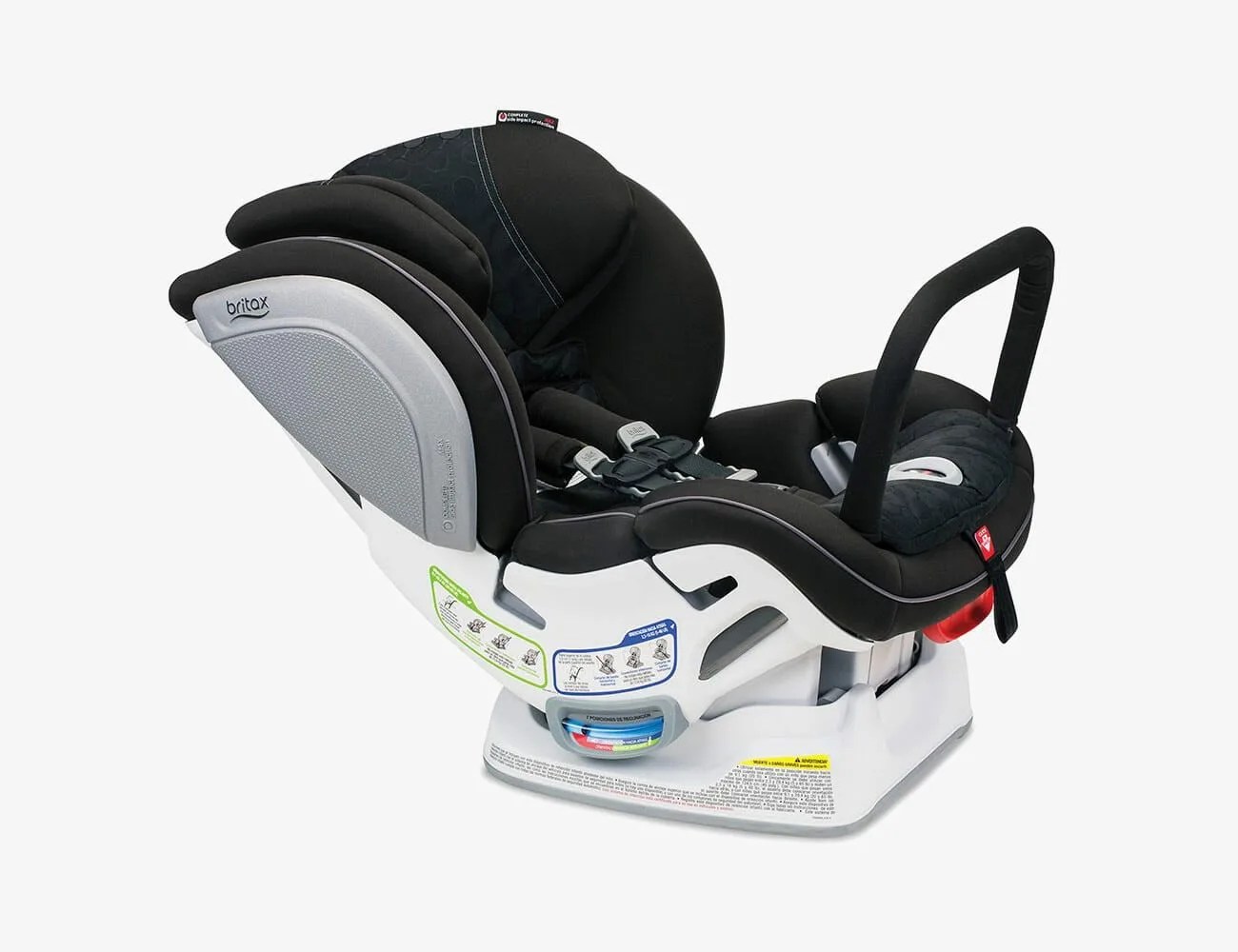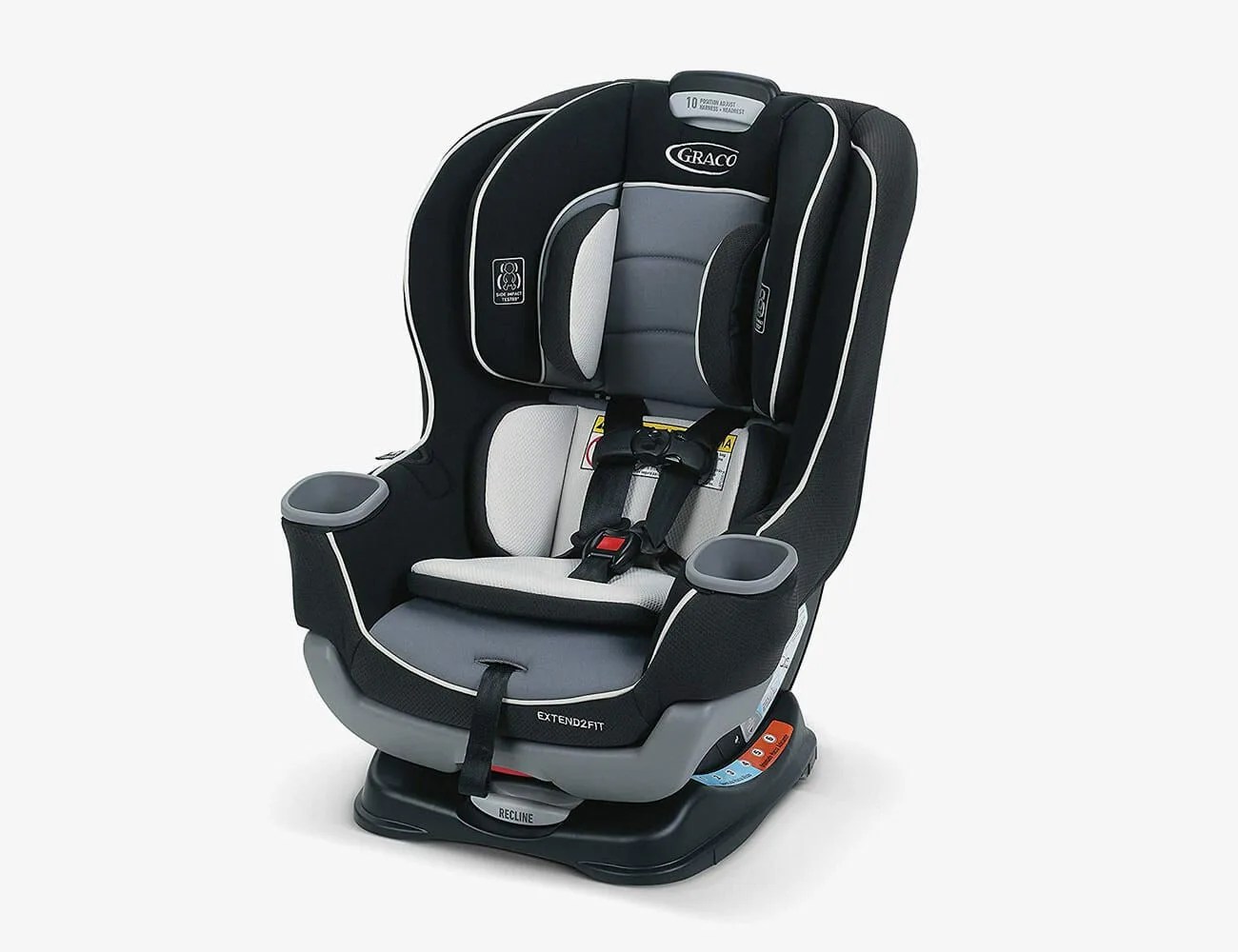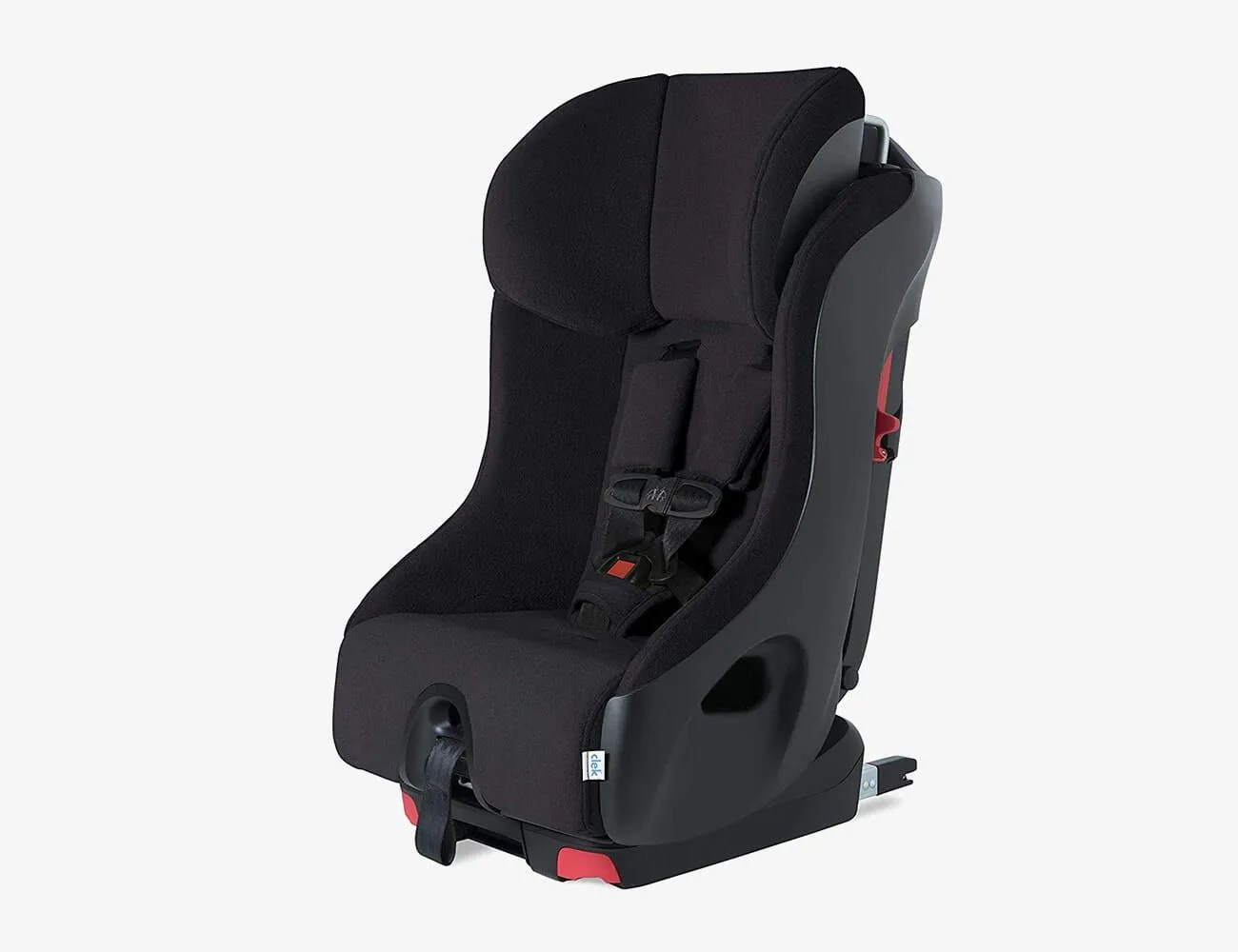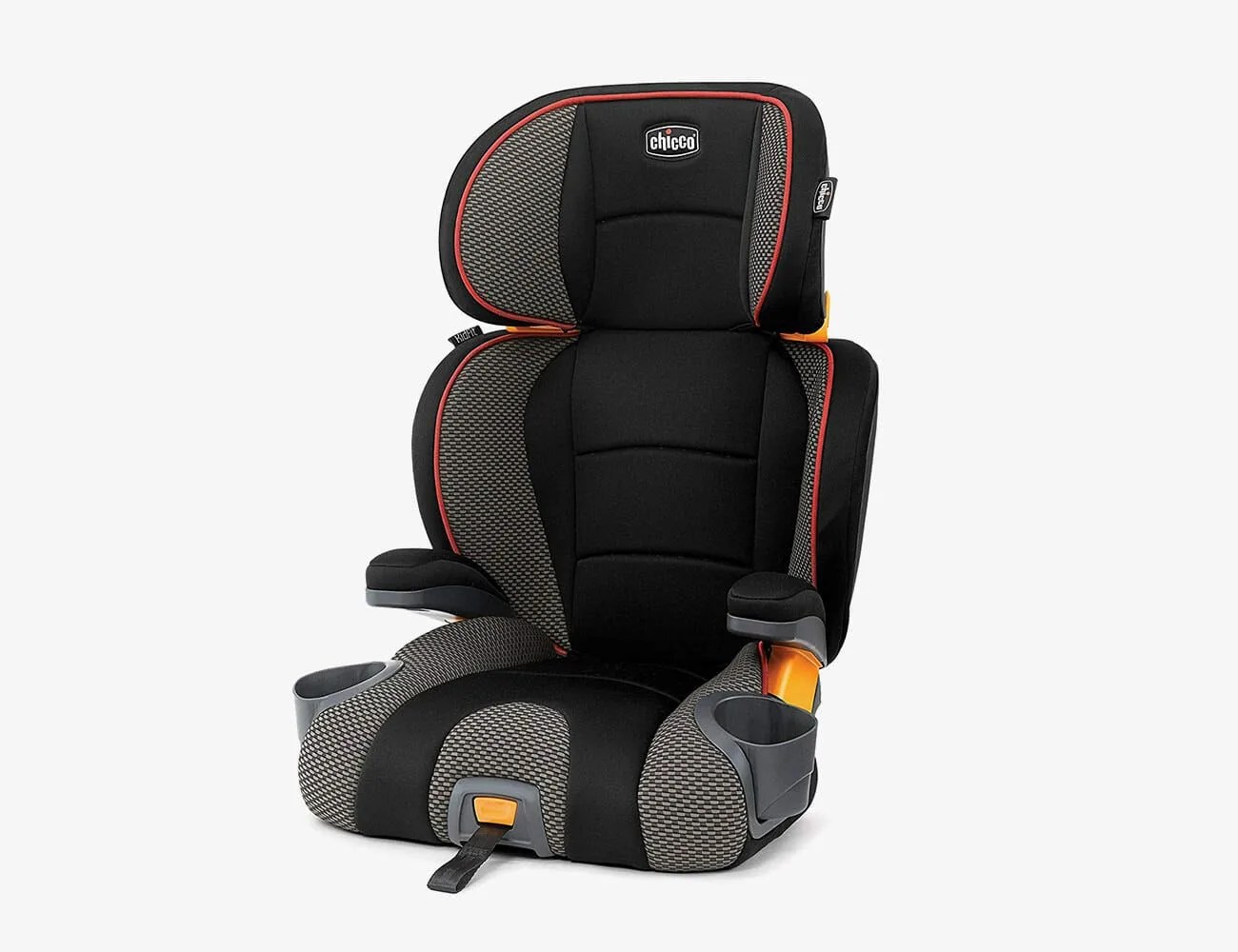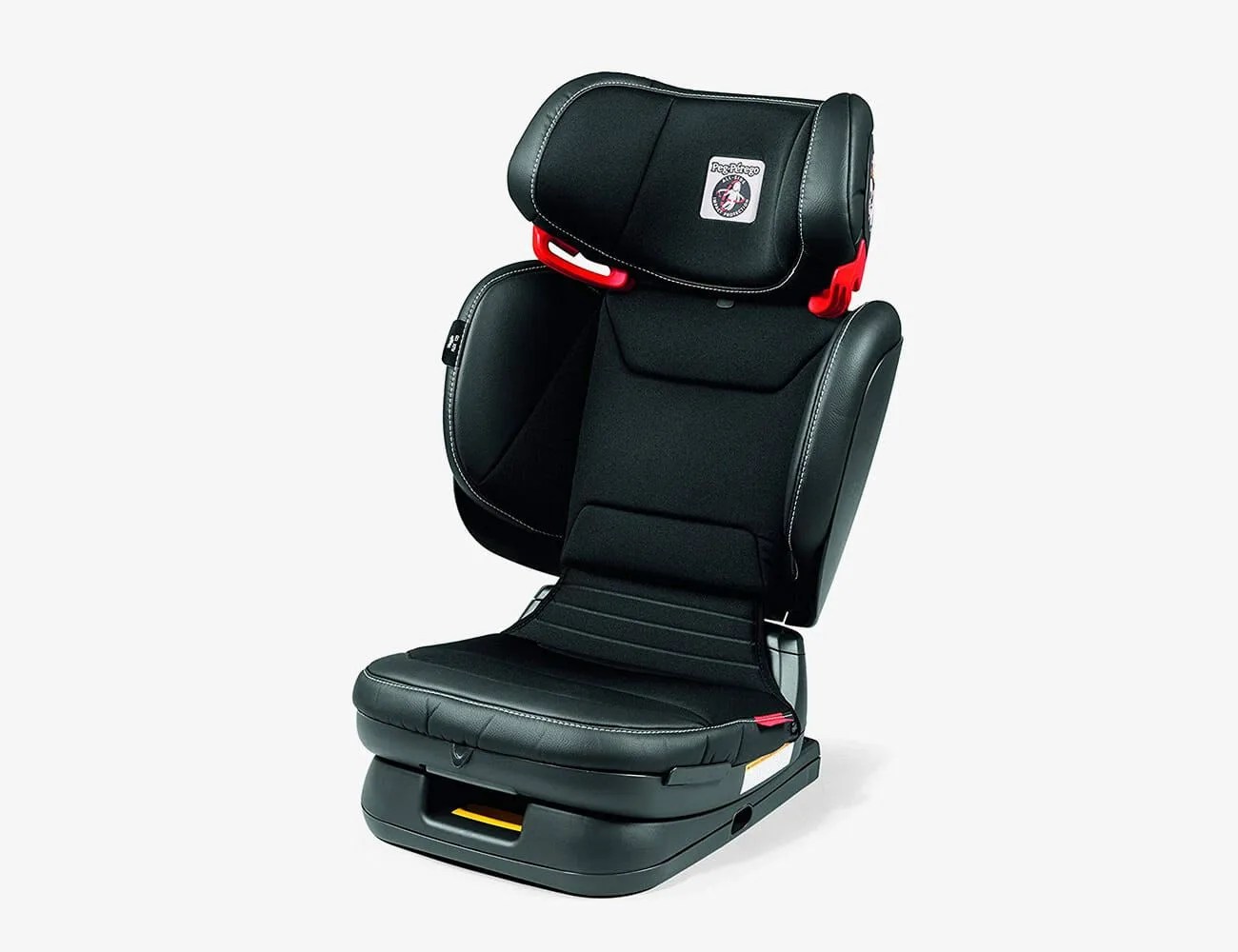One rite of passage all new parents have to undergo these days: choosing a car seat. Sometimes it’s a choice that comes when filling out a baby registry; other times, it’s a choice they make when buying one themselves. No matter how they get there, it’s likely the first time those parents have encountered car seats since they occupied one, and they might find themselves a bit confused by the changes that have hit the youth-safety world since then.
After all, safety standards are continuously evolving. Children now require multiple types of car seats as they age. There are a lot of brands, many with confusing Scandinavian- and Italian-sounding names. Price tags can be extravagant, and it can be hard to figure out what all the myriad features do.
To help clear things up, we’ve put together a quick guide to help you navigate the confusing world of child seats. One important thing to note: more expensive does not necessarily mean safer. All seats from reputable providers must meet NHTSA crash test standards. Generally speaking, the more expensive seats simply bring added ease of use and better-quality materials.
Infant Car Seat
Infant car seats are, you guessed it, for infants. They are lightweight and portable, and they face backwards when installed correctly. They tend to be used for children between 4–30 lbs. Unless you have a future NFL lineman on your hands, that seat should last through the first year.
These seats often have a base they click into, and may come with a companion stroller. They have a padded newborn insert that can be removed as the child grows.
